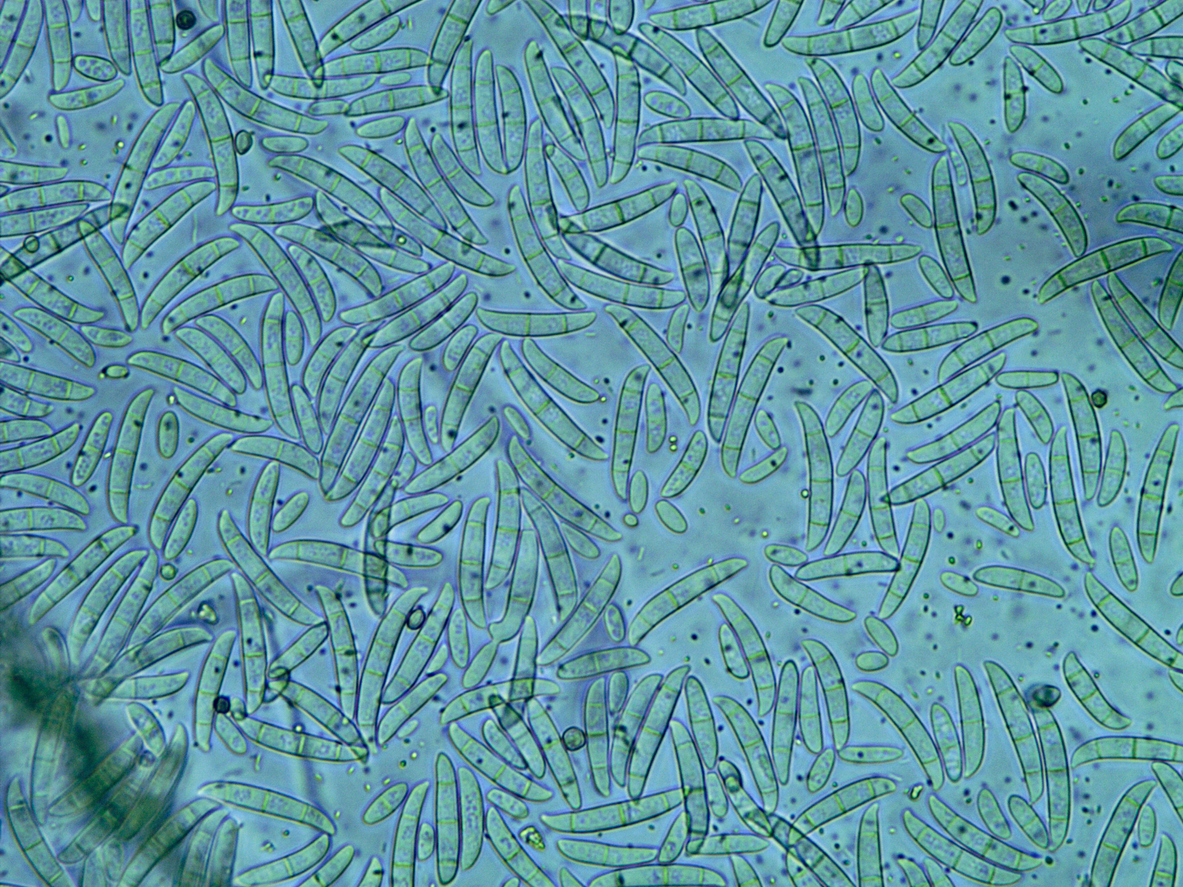
CRISPR System Successfully Edits Fusarium Species
October 5, 2022| |
Scientists from different universities in Japan were able to develop a vector-based CRISPR-Cas9 system for the Fusarium species that can open opportunities for the potential application of a broad range of research on the fungus.
The CRISPR-Cas9 system was designed for Fusarium oxysporum f. sp. lycopersici (Fol). The system allowed an efficiently targeted gene knock-out, and demonstrated single crossover-mediated targeted base editing and endogenous gene tagging. It provided an additional strategy for efficient functional analysis of the individual genes on accessory chromosomes while demonstrating the application of a CRISPR-Cas9 system for genome editing in Fusarium species without any modifications to the vector. It was later found that the system was applicable to F. oxysporum f.sp. spinaciae and F. commune, and effective in Fusarium species with low protoplast isolation and/or transformation efficiencies.
The advantage of this CRISPR-Cas9 system is that it allowed the scientists to skip in vitro sgRNA synthesis and Cas protein purification, thus becoming an additional tool for simple and effective genome editing in Fusarium species. This can potentially contribute to the progress of other fungal genome editing studies, as well as help expands the scope of a variety of basic and applied biological studies on Fusarium species and other filamentous fungi.
Read the open-access article in Scientific Reports from Nature to learn more.
| |
You might also like:
- ISU Researchers Sequence Genome of Fusarium
- New Fusarium Chemotype Tightens FHB Tolerance Levels
- Host-induced Gene Silencing Confers Fusarium Disease Resistance in Wheat
Biotech Updates is a weekly newsletter of ISAAA, a not-for-profit organization. It is distributed for free to over 22,000 subscribers worldwide to inform them about the key developments in biosciences, especially in biotechnology. Your support will help us in our mission to feed the world with knowledge. You can help by donating as little as $10.
-
See more articles:
-
Gene Editing Supplement (October 5, 2022)
-
Research and Tools
- Researchers Characterize Brassinosteroid Biosynthesis Genes in Rice
- ISAAA and Partners Call for Responsive Regulation of NBT Products
- Gene Editing to Help Curb Sterility Paradox in Fish Production
- CRISPR System Successfully Edits Fusarium Species
- Scientists Describe Type IV CRISPR-Cas System
-
Public Acceptance and Engagement
- EU Consultation Confirms Europeans' Support for Policy Change on Novel Genomic Techniques
-
Read the latest: - Biotech Updates (December 10, 2025)
- Gene Editing Supplement (November 26, 2025)
- Gene Drive Supplement (February 22, 2023)
-
Subscribe to BU: - Share
- Tweet

